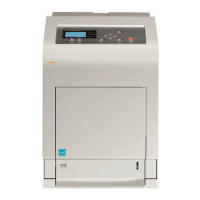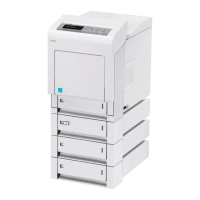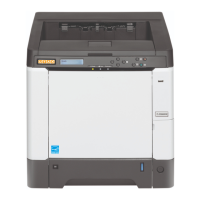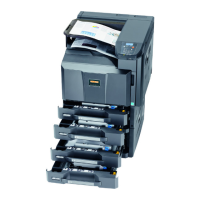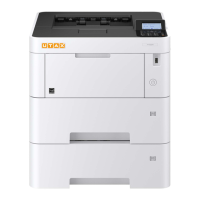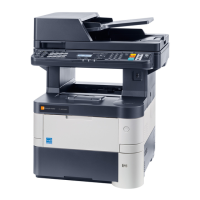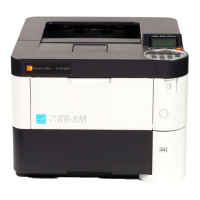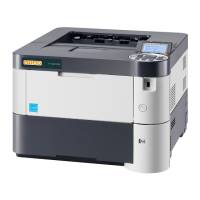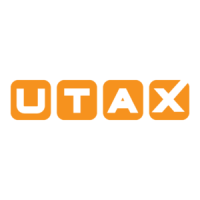Why does my Utax printer say to disconnect power cord and connect to multi purpose feeder?
- Cchristopher65Sep 4, 2025
If the Utax printer displays 'Disconnect the power cord from the machine and connect it to the multi purpose feeder', it means that the optional paper feeder PF-510 is not connected to a power source while 'COATED' paper type is selected. Connect the feeder to a power source via the printer.
